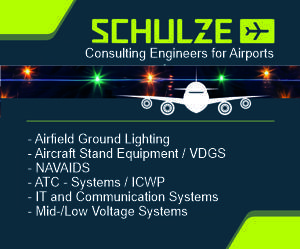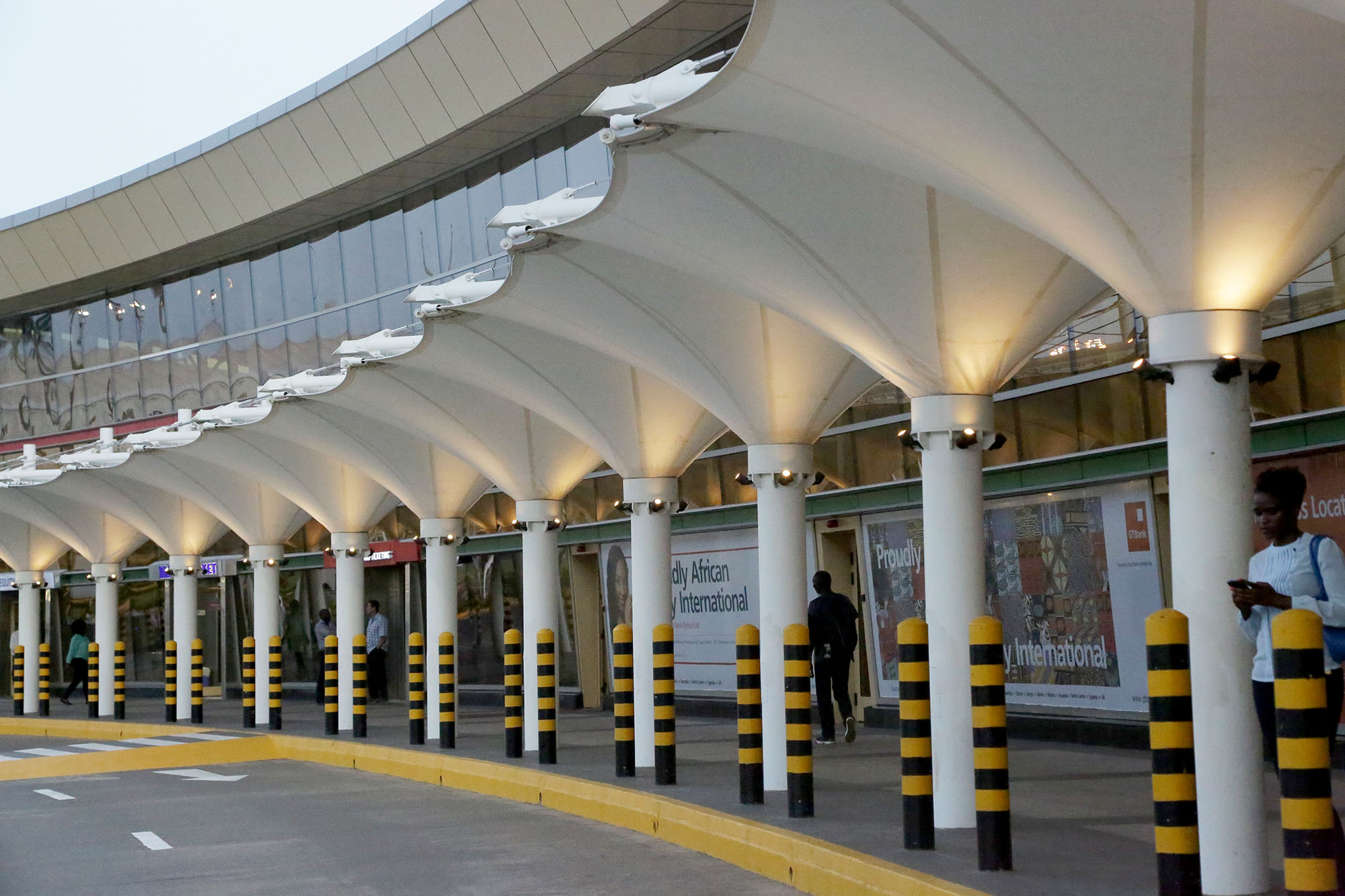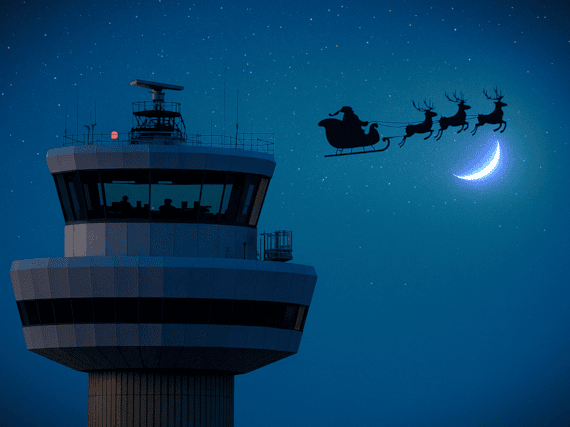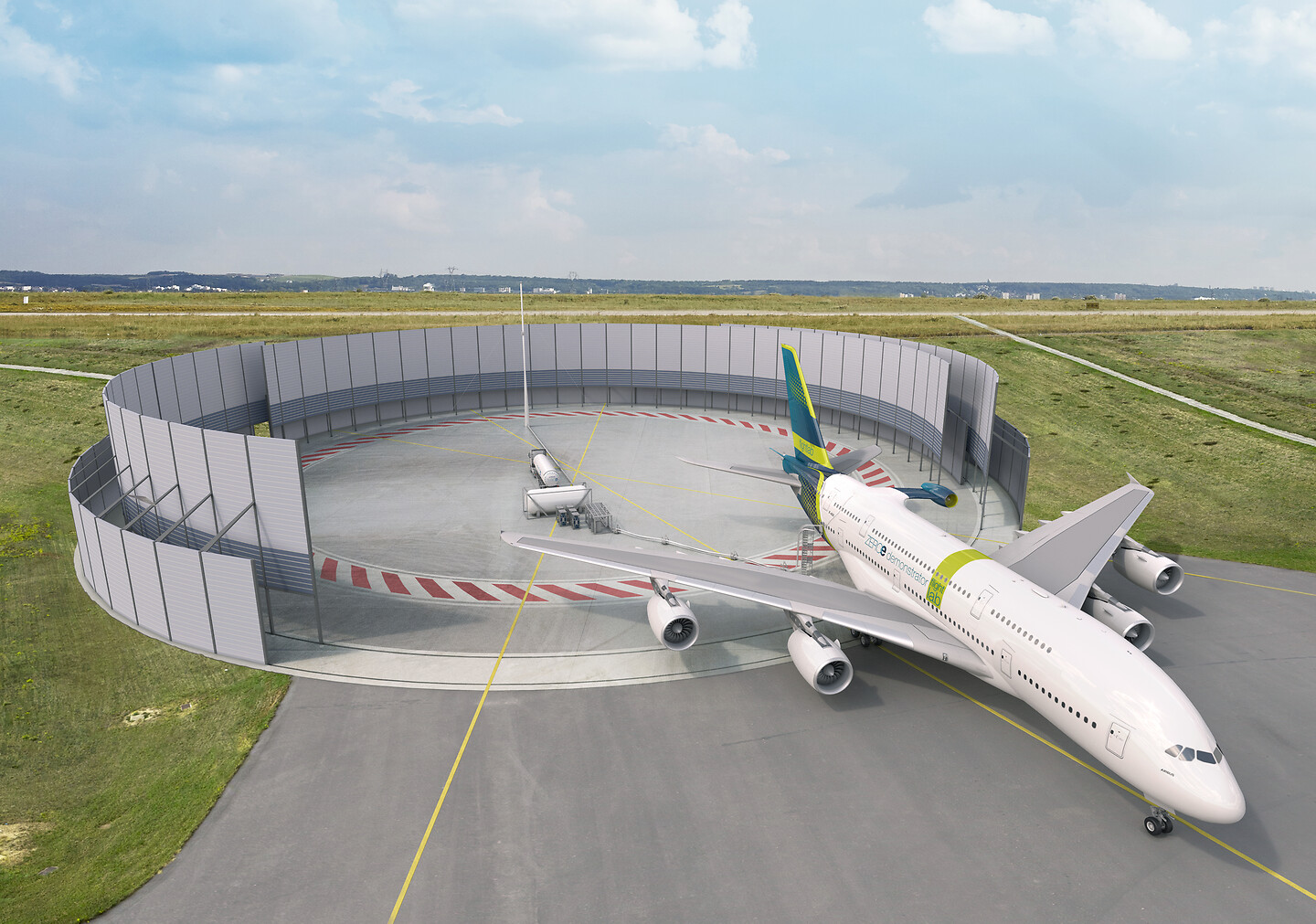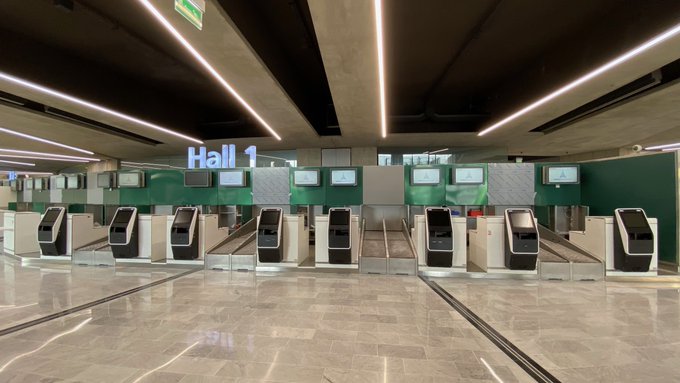Airbus UpNext has commenced testing for on ground and in-flight pilot assistance technologies on an A350-1000 test aircraft at Toulouse-Blagnac Airport in France.
The DragonFly technology is inspired by the superior vision and intelligent flight capabilities of the insect. It can be used to provide automated emergency diversions in cruise, as well as taxi assistance at the airport.
Throughout testing, the technology was able to provide assistance in a simulated incapacitated crew event. It accommodated for external factors such as flight zones, terrain and weather conditions and generated a new flight trajectory and landing plan while communicating with Air Traffic Control (ATC).
In addition, the taxi assistance features were tested on the ground in real-time conditions at Toulouse-Blagnac Airport. Here, the technology successfully provided the crew with audio alerts in reaction to obstacles, assisted speed control, and guidance to the runway using a dedicated airport map.
Isabelle Lacaze, Head of DragonFly demonstrator, Airbus UpNext said:These tests are one of several steps in the methodical research of technologies to further enhance operations and improve safety. Inspired by biomimicry, the systems being tested have been designed to identify features in the landscape that enable an aircraft to “see” and safely manoeuver autonomously within its surroundings, in the same way that dragonflies are known to have the ability to recognise landmarks.
These developments are part of Airbus’s mission to evaluate the feasibility of autonomous flight systems to support safer and more efficient operations both in the air and at airports.
DragonFly was partially funded by the French Civil Aviation Authority (DGAC).



